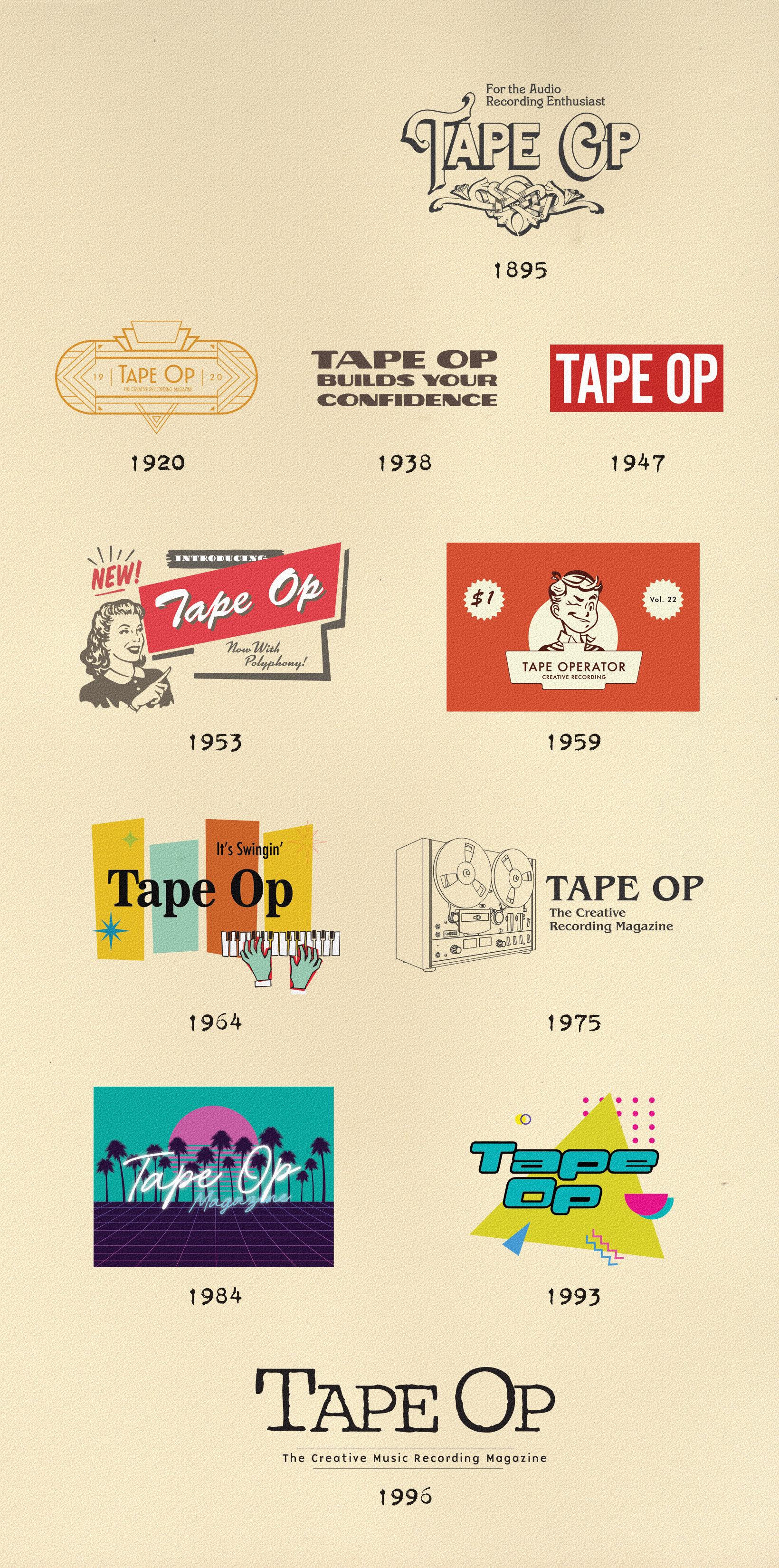Earthworks Audio has always been known as a maker of extremely high-quality microphones, historically aimed at studio use. I have used their mics for years, including the kick drum mic included with their DK7 Drum Kit System. I love that mic. It can be clean and punchy when used in a traditional way or, due to its high SPL handling capabilities, can be blown up for an alternate kick sound. Every microphone in that package sounds fantastic, and they should because the kit costs $3000! This price point may put them out of reach for some recordists. But things are changing at Earthworks. A few years back, they began manufacturing affordable microphones (ICON [Tape Op #142], and ETHOS [#146]) for podcasting applications, vocal mics for studio and stage (SR314 and SR117 [#158]), and now they add to that line of affordable gear, the DM6 SeisMic kick drum mic.
The DM6 is a supercardioid phantom-powered condenser mic for kick drums that has a beautifully-machined metal body that looks like a stubbier version of a handheld vocal mic. It feels heavy and reassuring in the hand. With the mic just inside the drum, and the capsule aligned with the resonant head, the DM6 has a boosted low end (+9 dB at 20 Hz), gently dipping to a low-mid scoop and rising from 1 kHz to a +8 dB bump at around the 11 to 12 kHz range, finally taking a hilly descent to 20 kHz. The Earthworks SR20LS bass drum mic in the aforementioned DK7 kit takes on the form of many of the company’s mics, with a probe-like, almost surgical tool look to it. When I unscrewed the metal mesh windscreen on the DM6, I saw a similar-looking capsule, but now it’s protected, I assume, for use in live sound applications. This road-worthy kick drum mic competes in price with any of the many familiar options in the $300-$400 range. My favorite kick mic is always going to be a Neumann U 47fet outside the front of the drumhead, but I often like to include something inside to capture some extra attack from the beater. Blending that attack with the body and tone from the resonant head typically makes for a nice sound, with the added versatility to sculpt the overall tone when mixing.
What I like most about all of my higher-end Earthworks mics is that they have an extremely fast transient response, resulting in a focused and clean/clear sound. Whenever I’m looking for articulation, I often reach for an Earthworks mic and pair it with a fast mic preamp (usually something without a transformer or tube). That said, using a hyper-articulate mic with something like a Neve 1073 is also worth a listen. The DM6 is a perfect choice to capture the attack of the beater, but I also liked the tone it had in front of the drum, plus in combination with other mics for character. It has an insanely fast transient response, and it handled the SPL of the kick pumping hard with no collapse of sound or tone. I paired it with several flavors of mic preamps; both fast-sounding like those on the Daking Mic-Pre IV [Tape Op #45] and the API 512c, or others I consider to be more thick and leathery, such as the Burl B1D [#111] and the Heritage Audio 73 JR II [#144]. The DM6 worked well with all these options and always sounded excellent. The mic has a generally natural, but dare I say, pre-mixed/EQ’d tone, and more than my other Earthworks mics it leaned slightly towards a modern, electrified feel. I was never immediately compelled to reach for an EQ.
I keep talking about the attack, but by no means am I saying it lacks body or oomph – Au contraire! The DM6 captures loads of tone and meatiness. I was able to get a rock/metal sound with this mic, but I could also achieve a classic kick drum sound when needed, which might be more appropriate for a '70s-era tone with a pillowy vibe. The short of it is the DM6 is a great option, and once I set it up I didn’t have to fuss with it or really think about it again. Of course, every time I review a mic that’s made specifically for one application I try to use it for something else. I’m sure it won’t be a stretch to believe that the DM6 also sounded excellent on a bass cabinet.
Another benefit is that the DM6 has a different frequency curve when compared to other go-to mics in its price range. For this reason (along with its exceptional build and lineage) it’s a no-brainer to have the DM6 in the mic closet. It can be your first choice as a single mic on the kick drum, paired with other mics, or as a problem solver if another mic isn’t cutting the mustard. The DM6 also comes with a Triad-Orbit M2-R [Tape Op #135] ball mount mic stand attachment that makes for easy mic placement.




_disp_horizontal_bw.jpg)